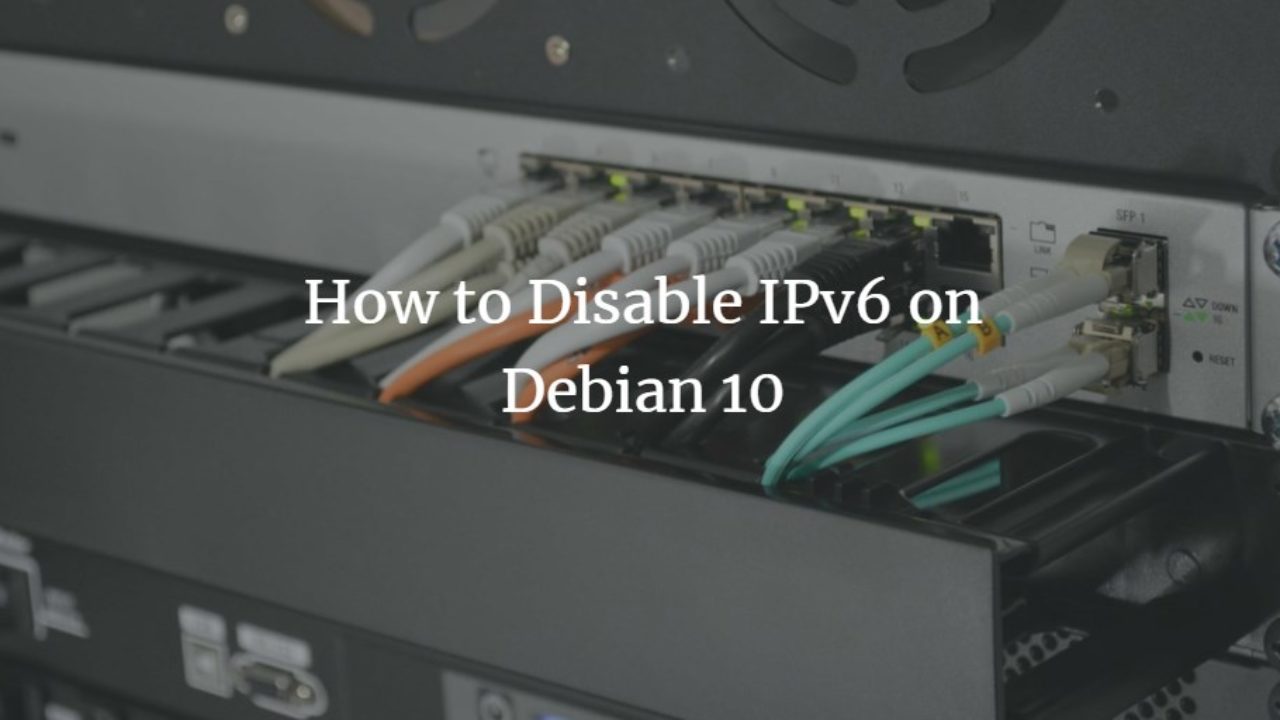

This command will change this so the system always boots to the 64-bit kernel. On Snow Leopard system, even though a 64-bit kernel is available, the system boots to the 32-bit one by default. 0x100 - Disable the graphical panic dialog screen.0x80 - Support old versions of gdb on newer systems.0x40 - Allow the debugger to ARP and route.0x20 - Output diagnostics information to the system log.
HOW TO DISABLE IPV6 ON MAC OS X SERIAL

The primary use for this is that it enables old-style kernel panics that show scrolled text on the screen about why the system panicked, instead of displaying the gray backdrop and the message to merely restart your system. Another option is to use debug=0x14e, which will display even more logging options.

This is a combination of kernel debugging features that will show you extra information about the kernel's processes, which can be exceptionally useful if a system is experiencing kernel panics. After running this command, when connecting an external monitor, the internal display will be disabled, which can be beneficial in some situations such as those where you are mirroring your desktop but wish to run the external display at a higher resolution than your laptop can run. This reverses the "Clamshell" mode for Apple's laptop systems, where when you close the display but connect the system to an external monitor and keyboard the system will stay awake. These three options are the most common ones that people would use when troubleshooting their systems however, there are a number of others you can use as well: This command will boot the system into Single User mode without needing to hold Command-S at startup. This command will have the system always boot into Safe Mode. This command will set the system to always boot to Verbose mode, so you do not have to hold Command-V at startup. Apple's machines have a number of hidden boot options that you can use, though do keep in mind that most of these are for troubleshooting purposes and will only be useful to programmers. In addition to keyboard commands at startup, you can use the "nvram" terminal command to set a number of different boot options, which might be useful when troubleshooting your Mac. For instance, a common option is to hold the Shift key to boot to Safe Mode, but you can also hold Command-V for verbose mode (a text output of items as they load), or Command-S for Single User mode, which drops you to the command line as the "root" user so you can perform troubleshooting tasks. Since the usage of IPv6 is extremely low, you can keep it disabled if you’re worried about its current flaws.When you boot a Mac system you have the option to supply keyboard commands at startup to boot the system to alternate environments. In addition to this, the addresses supported by IPv6 incorporate hardware MAC addresses, which might be a major concern when it comes to privacy. The new Internet Protocol has security flaws, which essentially opens up possibilities for attackers to infiltrate your network. However, IPv6 has its fair share of downsides. Since we’re running out of IP addresses supported by IPv4, we’ll eventually have to make the switch to IPv6. IPv6 utilizes 128-bit internet addresses, unlike 32-bit addresses used by IPv4, which essentially means that the latest protocol can support 2^128 internet addresses, which is enormous to say the least. It’s all set to eventually replace IPv4 as the standard protocol, as it increases the number of available IP addresses and even improves IPv4’s routing capabilities. Internet Protocol version 6, also known as IPv6 is the successor to the current Internet Protocol, IPv4.


 0 kommentar(er)
0 kommentar(er)
